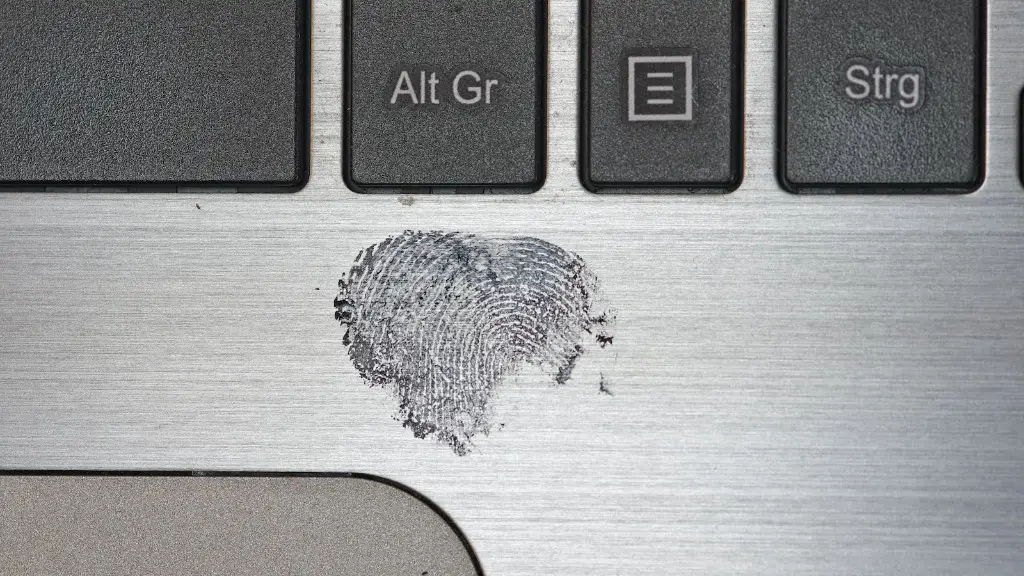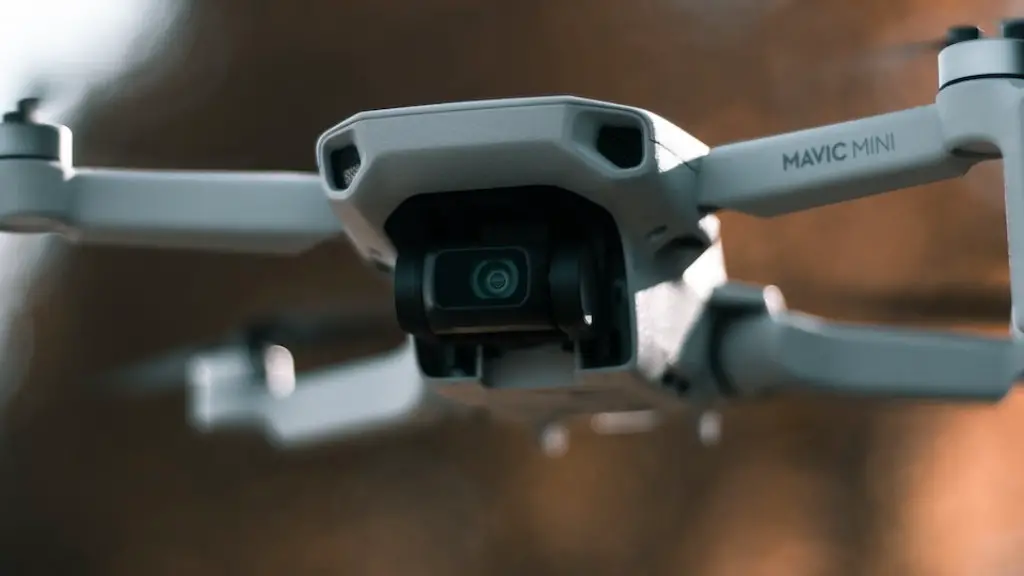Can the NSA crack AES?
The short answer is: we don’t know.
AES is a very strong encryption algorithm, and the NSA has a lot of resources. So it’s possible that they have cracked AES, or at least have some way of breaking it.
But we also know that the NSA has been unable to break other encryption algorithms, so it’s possible that they haven’t been able to crack AES.
The bottom line is that we just don’t know for sure.
Yes, the NSA can crack AES.
Has NSA broken AES?
The National Security Agency (NSA) has reviewed all of the finalists for the Advanced Encryption Standard (AES), including Rijndael, and has stated that all of them are secure enough for US Government non-classified data.
AES is a strong encryption algorithm that has never been cracked. However, it is important to use a large enough key size to ensure that it cannot be cracked by modern computers, even with advances in processor speeds.
Can NSA break encryption
Bullrun is a clandestine, highly classified program to crack encryption of online communications and data, which is run by the United States National Security Agency (NSA). The program was first revealed by Edward Snowden in 2013. The program relies on a number of methods to crack encryption, including working with tech companies to insert backdoors into their products, and using supercomputers to brute force keys. The program has been highly controversial, with critics arguing that it undermines the security of the Internet and puts the privacy of users at risk.
AES 256 is a very strong encryption method that would take a very long time to break using brute force methods. Even though it is possible that a 56-bit DES key could be cracked in less than a day, AES would take billions of years to break using current computing technology. Hackers would be foolish to even attempt this type of attack because it would be very difficult to break. Nevertheless, no encryption system is entirely secure.
How long will it take to crack AES 256?
AES-128 is a symmetric key algorithm that is used in a wide variety of applications, including electronic commerce and data storage. AES-256 is a more recent and more secure variant of AES-128. With the right quantum computer, AES-128 would take about 261*10^12 years to crack, while AES-256 would take 229*10^32 years.
AES encryption is secure; however, its security varies according to its variants. For example, using brute-force methods, the 256-bit AES key is virtually impenetrable, while the 52-bit DES key can be cracked in less than a day.
What is the hardest encryption to crack?
AES 256-bit encryption is the strongest and most robust encryption standard that is commercially available today. While it is theoretically true that AES 256-bit encryption is harder to crack than AES 128-bit encryption, AES 128-bit encryption has never been cracked.
AES 128-bit encryption is considered to be very secure, even against brute force attacks. A brute force attack would take an incredibly long time to crack AES 128-bit encryption – even using a supercomputer. This makes AES 128-bit encryption a very good choice for security.
How long would it take a quantum computer to crack AES
In order to exhaust the possibilities of a 128-bit AES key, you would need to have a quantum technology with the same throughput. This would take about six months.
There is compelling evidence that the NSA deliberately engineered the Dual_EC RNG with a backdoor that allows them to break any TLS/SSL connection made using it. This is the approach NSA took with the standardized by NIST in Special Publication 800-90.
Can NSA crack RSA?
Snowden certainly showed that the NSA has a great deal of capabilities when it comes to bypassing RSA, but that doesn’t mean that they can actually break the algorithm. The crypto community isn’t worried about the NSA breaking RSA, because they know that it’s not possible. Instead, they’re more concerned about the NSA’s other methods of attack.
The Dual Elliptic Curve random number generator was flawed from the start. The NSA knew about the flaw and used it to their advantage, cracks the encryption and access the information they desired.
Does the military use AES-256
AES-256 is a strong encryption standard that is used by the US government and many other organizations to protect data. devices, applications, and networks that use AES-256 encryption can be confident that their data is safe from unauthorized access.
AES with 256-bit keys is considered to be highly secure and is overkill when it comes to security. To break it, you would need to build supercomputers which cannot yet be built that would work on decryption for billions of years.
What happens if AES is cracked?
AES is a cipher that is used to encrypt and decrypt data. It is a128-bit block cipher that uses a key of either 128, 192, or 256 bits. AES is considered to be very secure and the difference between cracking the AES-128 algorithm and AES-256 algorithm is considered minimal. However, if AES were to be compromised, the world would come to a standstill as it is used to encrypt a lot of important data.
AES-512 is not likely to ever exist due to the Rijndael algorithm only allowing for key sizes up to 256 bits. If AES-512 were to be created, it would require significant changes to the algorithm.
Final Words
AES is a very strong encryption algorithm that is used by numerous organizations to protect their data. The NSA is a very powerful organization with a lot of resources, so it is likely that they could crack AES if they really wanted to. However, AES is still a very popular encryption algorithm, and it would probably take the NSA a lot of time and effort to break it.
No one really knows for sure if the NSA can crack AES or not. What we do know is that they have a lot of resources and they are very good at what they do. So it’s possible that they could have cracked it by now.





